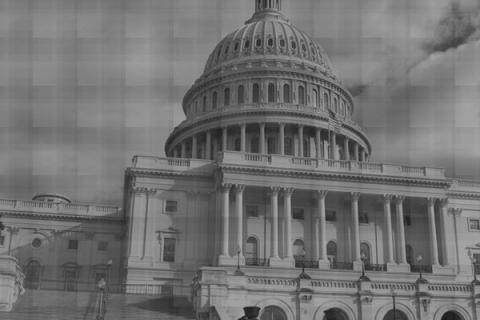The economic scholar Ronald Coase once characterized themarket as "islands of butter in a pail of buttermilk." Similarly,President Obama's stimulus package could be characterized as islands of sensein an ocean of politics-as-usual. And one of those islands happens,fortunately, to be the Congress's efforts to remove $70 billion from thealternative minimum tax, a cruelly designed trap for the successful, with theexpress purpose of maximizing bracket creep while minimizing upward mobility.
If President Obama's rhetoric about the middle class were more than rhetoric,than this is one portion of the bill upon which he ought not to compromise,especially when one of the largest states in the union needs this tax reformedso drastically.
California's economic problems,and the already crushing tax burden which will be added after the passage ofGovernor Schwarzenegger's "compromise" with the Democrats are reasonenough for taxes to be cut, but the Alternative Minimum Tax (AMT) isan especially juicy, ripe subject for cutting.
It is a rhetorical winner forthe anti-State brigades if ever there were one, especially because the AMTin its present form puts the lie to the Democratic obsession with "helpingout the little guy" for several scandalously blatant reasons.
But first, what is the Alternative Minimum Tax? To put itbluntly, it's a tax intended to make sure that people still pay at least some taxes, and hails from an earlierera when tax shelters were as plentiful as parasitic social workers. Accordingto the AMT, if someone is paying below acertain amount of taxation because of tax deductions etc, they become subjectto the AMT, which is currently set above 20 percent.
Now, one might ask, what's wrong with making sure that people pay their fairshare? Alan Viard, a scholar at the American Enterprise Institute, hassuggested several things already in his testimonybefore Congress last year. In the first place, Viard points out, theAMT is not indexed to inflation, meaning that any decreasein the value of the dollar will go unnoticed in the tax's implementation. Thiswouldn't be a problem in the short term, but unfortunately, the AMTis not a short-term policy. It has existed since 1969 and as such, the burdenof its implementation falls not on the malevolent, heartless, grasping wormswho make$250,000 or more, but rather on people who make as little $30,000-$50,000dollars, a sum so small that somecolleges would automatically give their children full scholarships!
Of course, this sharply regressive outcome can't be expected to inspire genuinebipartisanship, as several Democrats have already begun pointing theAMT as panderingto the rich and powerful. One particularly priceless quote comes from SouthCarolina Representative Jim Clyburn, who argued that "you can't get peopleback to work using tax cuts." Dear, dear, someone hasn't been payingattention to the presidential talking points about discredited policy -- I supposeMr. Clyburn doesn't know the Laffer Curve exists either.
However, for the sake of argument, let's ignore theregressive nature of the tax and entertain his conjecture: even if the taxhits lower income earners harder, at least it gets people back to work, right? Right?
Wrong. Consider: if a worker knows that, once he reaches anincome level even above bare subsistence, he will be taxed out of his wits,then that worker has absolutely no incentive to pursue even the most basicforms of self-advancement. In fact, that worker might have an incentive toavoid getting into a job where he could make something above the dreaded$30,000 mark altogether! Hardly a way to get people "back to work."
Which is why we must continue to pursue the reduction in this absolutely inexcusable tax, which in turn will hopefullybe the first step toward eliminating it altogether. If that happens, then maybethere will be some cause for the presidential rhetoric of "hope and change."
